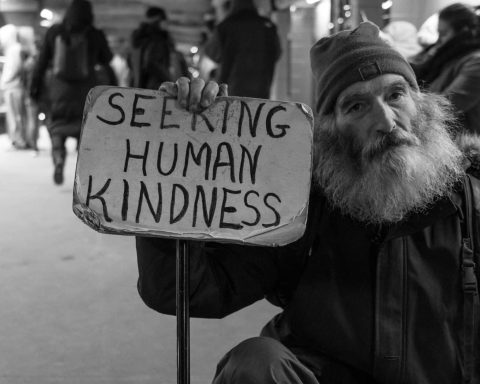 Samar Razaq is a GP in Burnham, Buckinghamshire
Samar Razaq is a GP in Burnham, Buckinghamshire
The inevitable presence of uncertainty has long been acknowledged as one of the most challenging aspects of clinical practice. The inability to deal with the inherent ambiguity in day-to-day clinical work is a recognised cause of stress, anxiety and burnout and may lead to avoidance of specialities such as general practice where the uncertainty is perceived to be the greatest. Uncertainty can arise from multiple sources. Beresford classified uncertainty into three groups; technical (arising from incomplete data or gaps in one knowledge), personal (arising from an unawareness of patient wishes e.g. due to language barriers or the patient’s vague self-evaluation) and conceptual (when there is difficulty in applying concrete data to abstract scenarios such as those frequently encountered in general practice).1 Technical uncertainty may arise due to the biological variation of disease presentation which is often vague and undifferentiated in general practice.2 Organisational factors can give rise to conceptual uncertainty where one may be sure of what the diagnosis or management is but unsure of the organisational routes through which they can be implemented. A recent editorial in the BJGP strikingly highlights how the media can induce uncertainty by demonising missed diagnoses; inadvertently unleashing a barrage of unnecessary tests and investigations and, ultimately, leading to over-diagnosis. Each result brings with it a new set of uncertainties and avenues for further testing, follow up and referrals, ultimately, clogging up an already inadequately resourced health system.3
… it is difficult to see how the new crop of GPs will be able to develop the skills to be able to supervise, guide and ultimately bear responsibility for the patients seen by practitioners of all these new roles being created.
A new type of uncertainty, though, seems to be taking the profession by the grasp. An influx of new clinical roles such as physician associates, pharmacists, musculoskeletal physicians and advance nurse practitioners into the general practice workforce has resulted in a large number of consultations being carried out by these roles. However, they are done so under the supervision of a GP. The GP has to see their own patients and deal with the uncertainties each one brings. In addition, they are now required to listen to a history and examination taken by another lesser trained clinician, analyse the data and agree an appropriate management plan. The clinician who has seen the patient has now “off-loaded” their uncertainty on to the broad shoulders of the GP who has to now carry this “surrogate uncertainty” along with all their other worries for the day. It is true that GPs have always supervised clinical staff but with the development of the ARRS roles this has increased exponentially.
If the current trends of recruitment of alternative roles into the primary work force continue then serious consideration will need to be given to the training needs of new GPs coming through the system. With the current restrictions on how many clinical hours GP trainees can work and the insistence of many trainees that these restrictions are not breached, it is difficult to see how the new crop of GPs will be able to develop the skills to be able to supervise, guide and ultimately bear responsibility for the patients seen by practitioners of all these new roles being created.
Medicine has always been an art; one that cannot be mastered alone by the rationalist approach of logic and reason. It requires experience and experimentation built on a solid foundation of knowledge. It is true that doctors too miss important conditions and, at times, this may have devastating consequences such as the one described above. However, such unfortunate circumstances become crucial learning points in one’s professional career, leading to reflection, growth and development. Such evolution is not possible when a mistake happens when relying on another clinician’s assessment and judgement. The only lesson learnt in the latter scenario, perhaps, is that next time it would be better to just see the patient yourself!
References
- Beresford EB. Uncertainty and the shaping of medical decisions. Hastings Cent Rep. 1991;21(4):6-11
- Ghosh AK, Joshi S. Tools to manage medical uncertainty. Diabetes Metab Syndr. 2020;14(5):1529-1533
- Lawson E. The Goldilocks diagnosis is not ‘just right’. BJGP. 2024; 74(740): 99
Photo by Siddhant Kumar on Unsplash







Timely article Samar … true reflection of a day in the life of a GP these days.. well done!